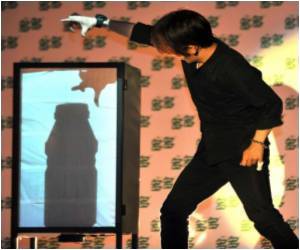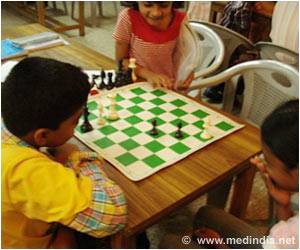
The study, led by Martinez-Conde's laboratory, shows that tiny eye movements and blinking can make a geometric drawing of "snakes" appear to dance.
The results by Barrow Neurological Institute researchers help explain the mystery of how the Rotating Snakes illusion tricks the brain.
"Visual illusions demonstrate the ways in which the brain creates a mental representation that differs from the physical world," said Martinez-Conde.
"By studying illusions, we can learn the mechanisms by which the brain constructs our conscious experience of the world."
Earlier studies of the "Rotating Snakes" indicated the perception of motion was triggered by the eyes moving slowly across the illusion.
Advertisement
Participants lifted a button when the snakes seemed to swirl and pressed down the button when the snakes appeared still.
Advertisement
"Studying the mismatch between perception and reality may lead to a deeper understanding of the mind," said Martinez-Conde.
"The findings from our recent study may help us to understand the neural bases of motion perception, both in the normal brain, and in patients with brain lesions that affect the perception of motion. This research could aid in the design of neural prosthetics for patients with brain damage," Martinez-Conde added.
The study has been published in the Journal of Neuroscience.
Source-ANI









